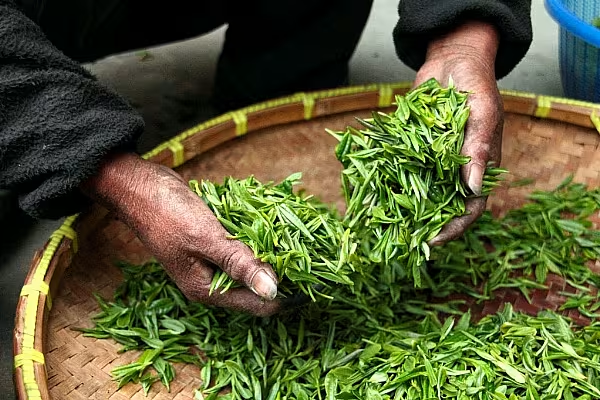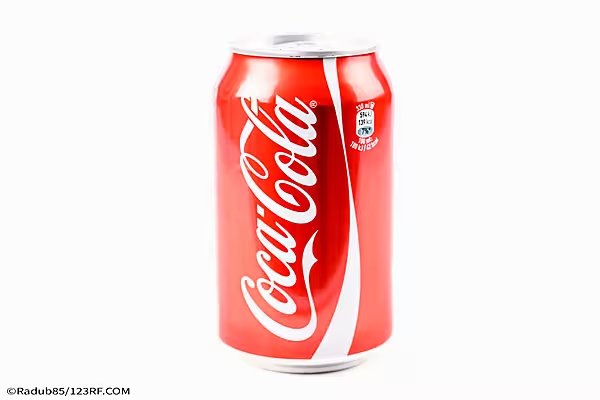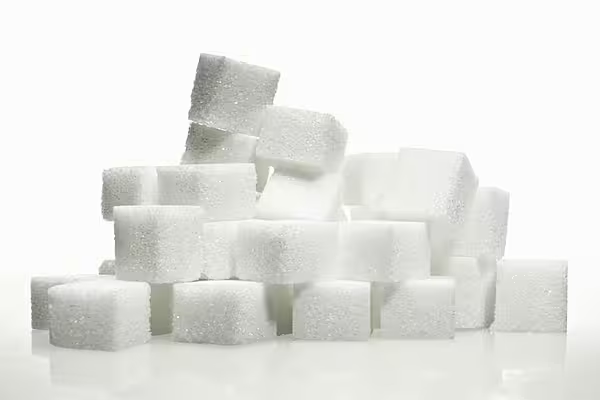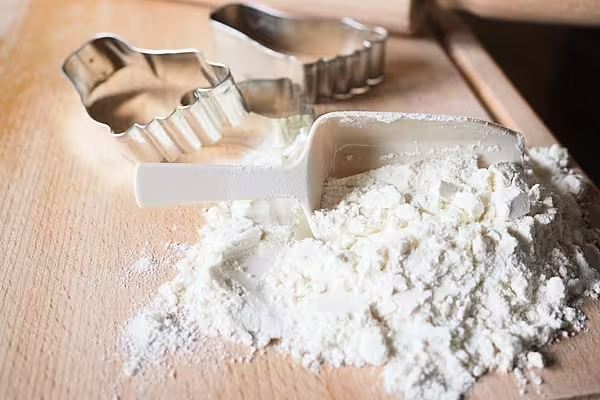Tea will be taxed at 5 percent and chewing tobacco will face a 160 percent levy after India finalized most rates for a new goods and services tax, clearing the way for the biggest shakeup in the nation’s tax system since independence in 1947.
Rates for about 1,211 goods were fixed, or about 80 percent to 90 percent of items to be to be slotted into the GST’s five broad rates in meetings on Thursday between the federal government and state ministers. Negotiations continued Friday to determine the final products such as gold and other details such as the levy on services as the government races to meet the July 1 deadline to implement the tax.
“It’s the last lap now of the GST roll out,” Manjoy Bahety, a vice president at Mumbai-based Edelweiss Securities Ltd. said in a note. “The council’s decisions suggest a July 1 rollout is almost a certainty now.”
The tax is the culmination of a 10-year effort to streamline India’s archaic tax system and unify the nation of 1.3 billion people into a common market. A major policy goal for Prime Minister Narendra Modi, the GST will subsume more than a dozen federal and provincial levies in a bid to free up trade, make it easier to business and foster tax compliance in the world’s fastest-growing major economy.
The “overall impact is not inflationary,” Finance Minister Arun Jaitley told reporters late Thursday after meetings in Srinagar, a city in the northern state of Jammu and Kashmir. “The tax burden hasn’t increased in any commodity. In many there is a reduction, particularly as tax on tax is gone. On some we have deliberately brought tax down.”
Much of the work on the GST had already been completed including the five broad “slabs” or tax rates. These include a rate of zero for essential items such as grains, 5 percent for mass consumption items like coffee and commonly used products such as processed foods at 12 percent. Rates for household goods like soaps were penciled in at 18 percent and durables such as LED TVs at 28 percent.
Chocolate, Cement
The government announced a detailed list Thursday which included a tax rate of 5 percent for tea, 12 percent for live horses and 28 percent for razor blades. Key categories where rates will be higher than the rate are two-wheelers, small cars, cement, fruit juices and chocolates, according to Mumbai-based brokerage Kotak Institutional Equities.
Luxury items will face a levy beyond the 28 percent top rate, including 160 percent levy for chewing tobacco, 12 percent for soft drinks and 72 percent for hookah products. GST rates for certain goods like textile, footwear and precious metals are yet to be decided by the GST Council.
India’s benchmark equity indexes climbed to record highs in line with a rebound in global markets and led by consumer companies and utilities which will benefit from the GST rates. The Nifty Fast Moving Consumer Goods Index, jumped 2.8 percent at 11:56 a.m., the most intraday since March 17, as the tax is poised to lower rates on some products such as soaps.
Colgate-Palmolive India Ltd. gained as much as 6.5 percent after the rate on toothpaste was set at 18 percent compared with a 22 percent to 26 percent levy seen earlier. ITC Ltd, which gets about 25 percent of revenue from consumer products other than cigarettes, rose as much as 6 percent, the highest since at least 1991.
Removes Uncertainty
Another big winner were power utility companies with CESC Ltd., Adani Power Ltd. and Torrent Power Co. all gaining as coal fell into the 5 percent category down from about 12 percent currently.
“The GST rates are positive for markets as it puts to rest the uncertainty regarding rates,” Abhimanyu Sofat, vice president at brokerage India Infoline Ltd. in Mumbai, said by phone. “Also, lots of money is sitting on the sidelines waiting to be invested into the Indian markets. The rates are positive for the power-sector consumers due to the lower coal prices.”
Girish Pai, head of research at Nirmal Bang Equities, said too many items have been placed into the topmost 28 percent bracket to make it neutral as the government promised. The rate on cement for example will rise to 28 percent from 24 percent to 25 percent and the difference will likely be passed onto consumers, he said in a note.
More Compliance
Government revenue will rise as more people and businesses pay up, said Dinesh Kanabar, the Mumbai-based CEO of Dhruva Advisors LLP and former deputy CEO of KPMG India. “If the rates are reasonable and moderate and not very high, it will encourage voluntary compliance, and a large part of the unregulated economy will come into the tax net.”
India is joining about 160 countries that have a GST, including Poland, Canada and Japan. At the top rate, India’s GST will be among the highest. The U.S. has always resisted a national sales tax. The new levy will apply at the final point of consumption, reducing the cascading effect of taxes on tax, allowing producers to easily claim credits and minimizing the opportunity for corruption.
The federal government has already agreed on compensation to states if revenue is lost due to the implementation of the GST. As of May 4, eight states including Rajasthan, Telangana, Bihar, Madhya Pradesh, Haryana and Jharkhand had passed a state goods and services tax act in their state assemblies. The remaining states were likely to pass the state GST bill “before the end of this month,” except for one or two, according to a federal government statement.
Getting India’s 29 state leaders to agree to the GST has not been easy for Modi and his Bharatiya Janata Party, some of whom contest the party in provincial legislatures and elections across the country.
"In terms of sheer politics, the government has, if I may, handled it exceptionally well," Dhruva’s Kanabar said. "Because the states are coming on board, even in states where the BJP is not around."
News by Bloomberg, edited by ESM. Click subscribe to sign up to ESM: The European Supermarket Magazine.














